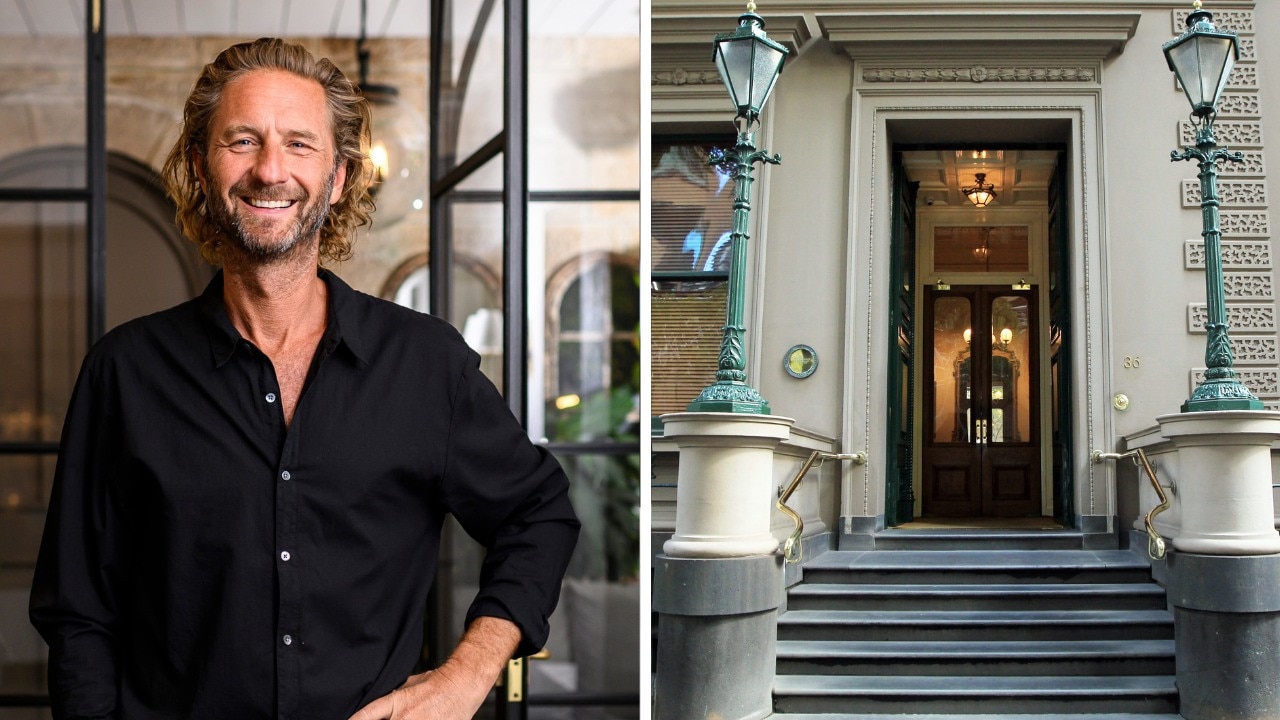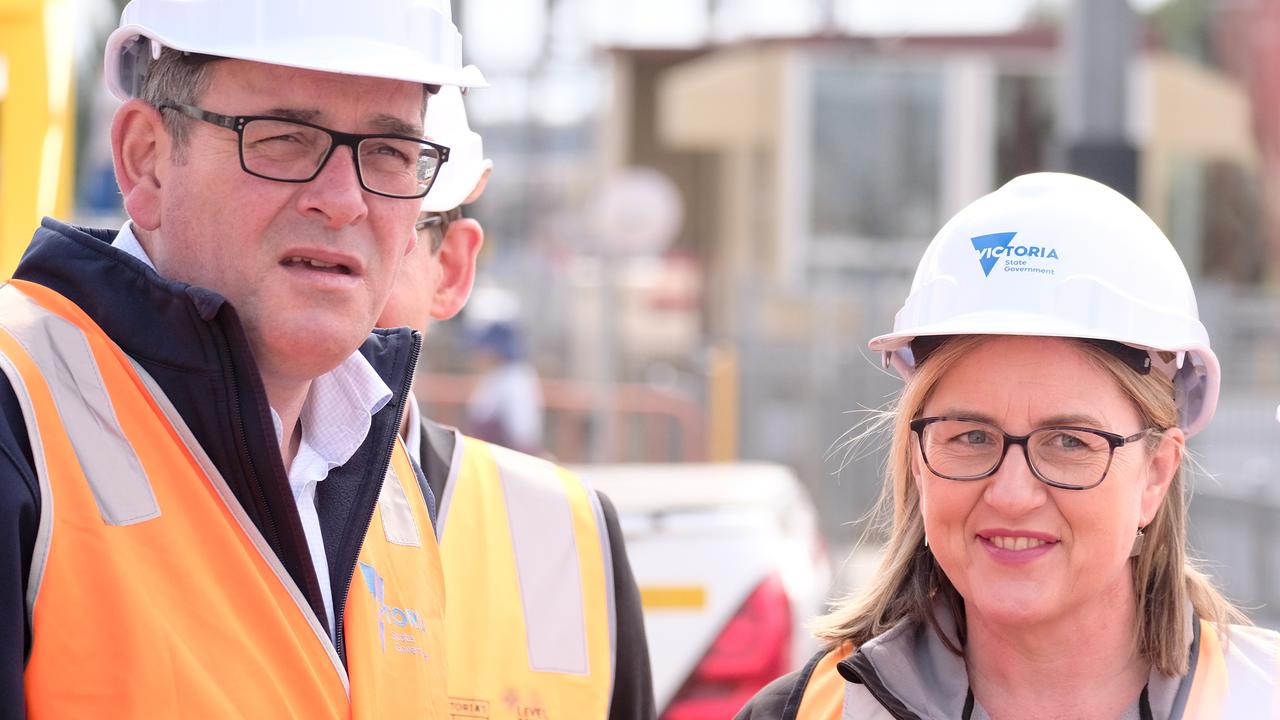James Campbell: Australia’s submarines saga highlights big job facing Peter Dutton
It is hard to think of a more thankless task in the federal government than being Minster for Defence, and the saga of Australia’s new submarines shows why.
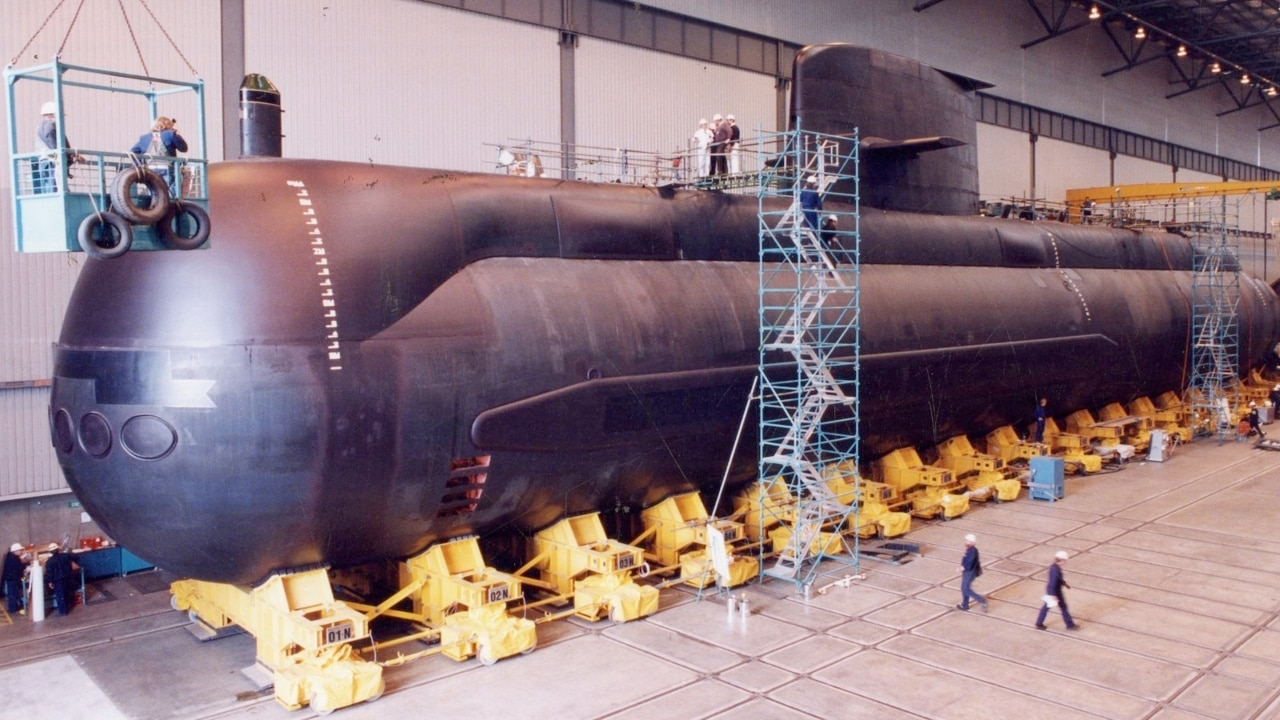
Opinion
Don't miss out on the headlines from Opinion. Followed categories will be added to My News.
Aside from being the Minister for Indigenous Australians, it is hard to think of a more thankless task in the federal government than being Minster for Defence.
While the sums involved in the portfolio are immense — nearly $4 billion this year, or more than 2 per cent of GDP — the minster’s capacity to influence how it is spent is extremely limited.
Whereas most politicians these days come to their job without a deep understanding of anything much beyond the internal workings of the political party that got them elected, the defence establishment in Canberra is staffed with clever people who in most cases have spent their entire careers in the armed forces and the bureaucracy.

In other words there is, to put mildly, an asymmetric relationship between their knowledge of this space between ministers and those they are meant to be leading.
It matters in this portfolio more than most because not only are the systems involved fiendishly complicated — both technically and logistically — but the consequences of getting decisions wrong matter so much more than, say, the next round of funding the Film Finance Corporation.
Add in the natural deference that those of us who have never been in any danger naturally give to people who have put their lives on the line for the country and it’s no surprise most ministers never get a grip on the job.
What must be particularly frustrating for even the most well-informed and able minister keen to make a mark on the job is that the enormously long lag times in defence projects mean that, almost uniquely for a large-spending portfolio, you are stuck with decisions that in many cases were made decades earlier.
Welcome to the hardest job you are ever going to have, Peter Dutton!
The problem is perfectly illustrated by the saga of Australia’s new Attack-class submarines, work on which is presently going on in France and will shortly commence in Adelaide.
The planning for these replacements began back in 2007 under the newly-elected Rudd government. Two years later the government’s white paper announced that whatever we decided to get, there would be 12 of them.
The original plan back then was to have the boats in the water by the middle of this decade when the Collins-class subs are set to begin retiring. But it didn’t happen, of course.
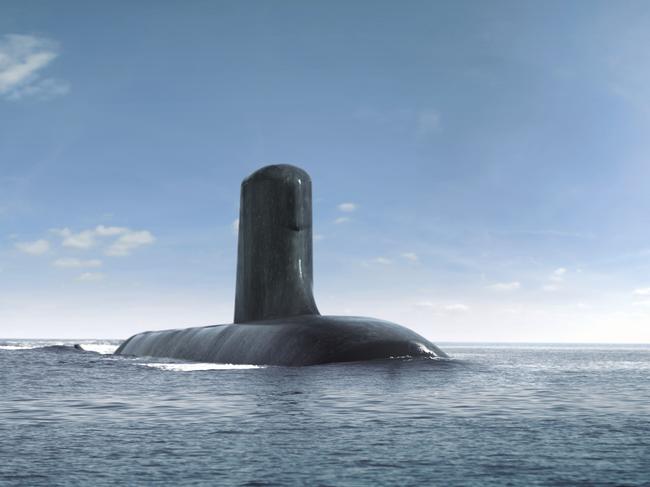
Instead, the lucky politician who will be Australia’s defence minister when the first of Australia’s Attack-class submarines enters service in 2034 may not even be in parliament yet, the one who’ll be in the job when the last one arrives in 2054 is probably still at school, and the one who’ll be there to wave them goodbye when they start to retire around 2080 may not have been born.
The problems with the largest, most complex and expensive defence procurement program in Australia are, of course, well known.
Originally meant to cost $50 billion, they are now on track cost $89 billion and the work in Cherbourg has not been progressing as fast as it should.
The delays in the program have had flow-on effects. Expensive ones.
Because the new boats won’t be ready until whenever they are ready, we are going to have to find a way to keep the Collins-class subs going a lot longer than we would have.
Every two years these boats have to come out of the water for up to two years to do what is called a full-cycle docking in which they are cut in half and their insides given the once over. Every five years they have to come out for a slightly less onerous once-over.
Between that, on-water maintenance and training, the chances are that only two of the six subs we have are at any moment available for actual operations. Which, given the growing naval armaments race in our region and the deteriorating security situation, explains why we’ve decided we need 12 of the new subs.
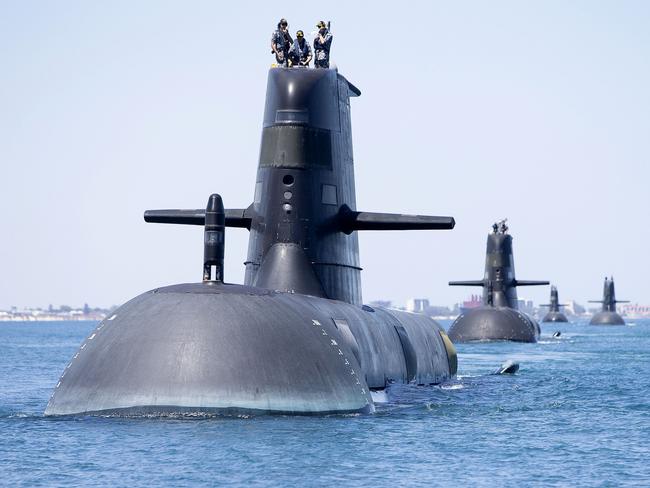
The problem is that while we could keep putting the boats through full-cycle dockings until the Attack-class subs arrive, by the time they do the Collins-class will be well and truly obsolete.
To make sure they are fit-for-purpose — which we basically define as better than anyone else in the ’hood — the boats will need to be given what is called a life-of-type-extension (or LOTE) in which more or less everything is replaced and upgraded. The result will be a state-of-the-art sub that is to all intents and purposes brand new — except for the far-from-minor detail that the oldest hull of the oldest boat will already be 30 years old.
Given the success of the Collins-class boats, some mystery has always surrounded defence’s decision not to effectively replace them with what industry observers call “son-of-Collins” but to enter into the process that has landed us where we are today. The irony is that the slow process in getting that program under way will mean we end up effectively buying a son-of-Collins the moment we commit to the float.
Some industry observers think committing loudly and quickly to the LOTE program will send a message to the French that we have options if they don’t pull their finger out. Or, in the more polite words of Australian Strategic Policy Institute’s Dr Marcus Hellyer, showing them “we’re not necessarily as desperate as we might be” and giving us a little more leverage.
Given all this, the curious thing is that although we have in-principle agreement the project needs to be undertaken, we still don’t know when the project will be formally inked and money put on the table.
And given the timelines involved — the first Collins-class is due to retire in 2026 — Defence Minister Dutton, needs to get a wriggle on.
Originally published as James Campbell: Australia’s submarines saga highlights big job facing Peter Dutton


